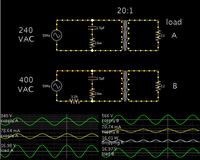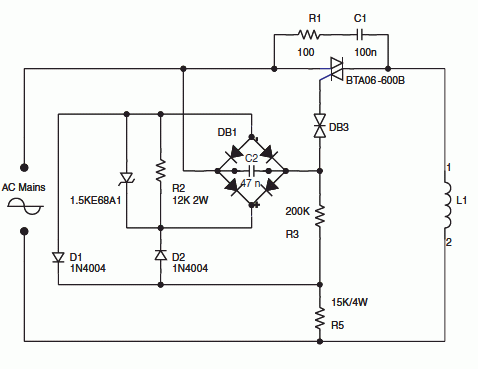milind.a.kulkarni
Advanced Member level 3

How to use transformer of 240/12v 1 amp on 440v on primary using resistors , what are design consideration for selection of the resistors? Is there is any circuit that is recommended? Please guide me.




